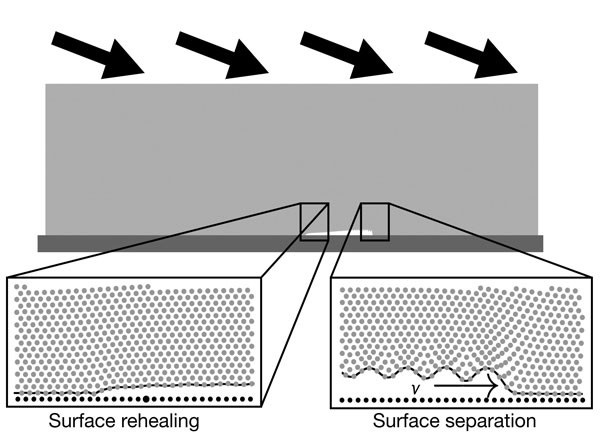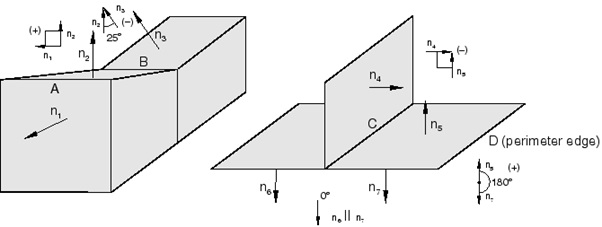These days, engineers & researchers are often seen enrolling in Abaqus training programs or taking structured Abaqus courses online to master these techniques. But why? In structural simulations, capturing realistic contact behaviour is very important to achieve accurate results. Whether you’re working on metal forming, composite analysis, or civil engineering applications. Understanding how to set up friction or separation properties in Abaqus is an essential skill.
Why Friction & Separation Matter

Two surfaces rarely remain perfectly bonded in real-world engineering. They slide, resist the motion due to the friction, & sometimes separate from each other under load conditions. And Abaqus provides a strong framework for modelling these phenomena through interaction properties.
Setting them correctly allows you to:
- Predict wear & tear in the mechanical components.
- Simulate realistic sliding in bolted & riveted joints.
- Analyze crack initiation & propagation in materials.
- Evaluate failure mechanisms in composites & masonry walls.
Setting Up Friction Properties in Abaqus

Friction in Abaqus is defined within the contact interaction module. To represent the resistance to tangential sliding, you can assign a coefficient of friction. And advanced users use the variable friction coefficients depending on the temperature & pressure.
- Coulomb friction: this is the most widely used model. Here, friction is directly proportional to the normal force.
- Penalty method: This is also known as the kinematic constraints. It is available for the different convergence requirements.
A proper definition of the friction ensures that your structural analysis captures the real-life effects of the contact.
Separation Properties in Abaqus
Separation properties simulate how surfaces lose contact under tension or specific loading. This is important in modelling adhesives, delamination in composites, or masonry behaviour. You can specify:
- Hard contact: the surfaces cannot penetrate but can separate easily.
- Cohesive behaviour: where the traction separation laws govern the debonding process.
- Damage initiation & evolution: this is for the more advanced fracture mechanics simulations.
By the careful combination of friction & separation, you can simulate complex interactions like slip, lift-off, or debonding under loads.
Learning Through The Abaqus Training
The Abaqus documentation is comprehensive & practical expertise. It comes from guided learning. Many professionals benefited from:
Simulia Abaqus Training: It is offered directly by Dassault Systèmes for hands-on industry examples.
Abaqus Full Course Package: It covers everything from meshing to advanced material modelling.
Flexible Abaqus Training Courses/ Abaqus Course Online: This is ideal for students, researchers & working engineers who are in need of structured but self-paced learning.
These programs help you to master the interaction properties & prepare you to solve complex real-world engineering challenges confidently.
Conclusion
Setting up the friction & separation properties in Abaqus interaction is a very important step in achieving realistic simulations. With proper training, such as an Abaqus training course online, you can develop your simulation skills and ensure accurate, reliable results.
Contact us today to get started!


